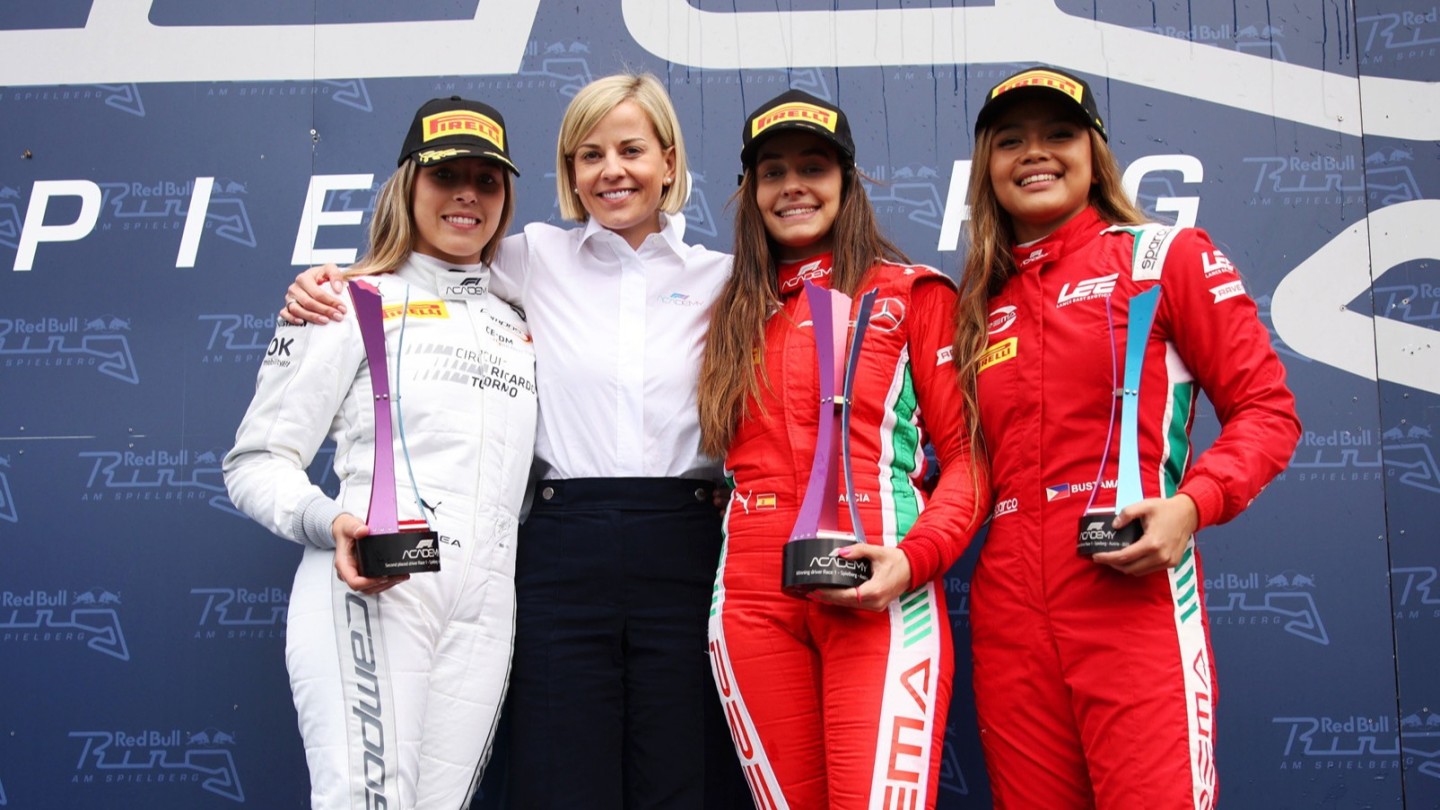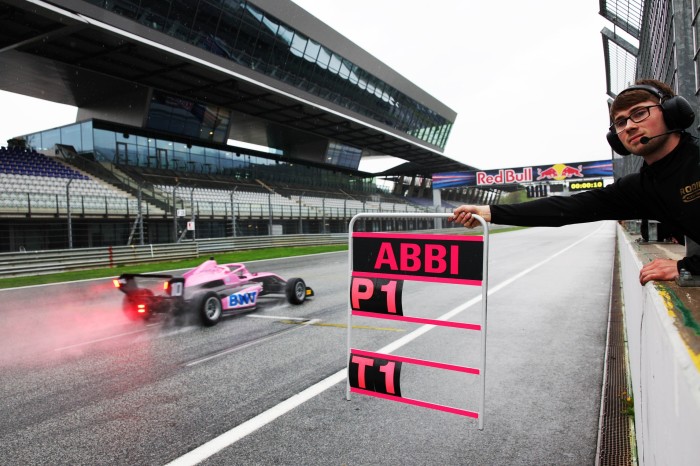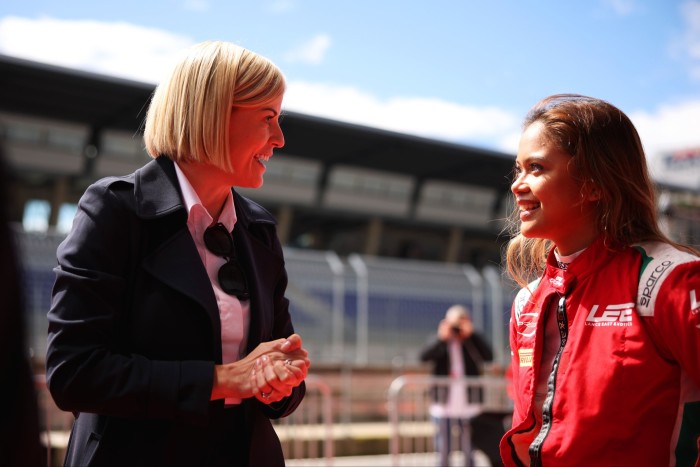F1 Academy’s Susie Wolff: ‘This will not fail. It has too many people behind it who want to see it be successful’

Roula Khalaf, Editor of the FT, selects her favourite stories in this weekly newsletter.
Formula One’s new all-female single-seater racing series is under no immediate pressure to make money, according to its managing director, as it marks just the first phase in a top-to-bottom plan to foster gender equality across motorsport.
Susie Wolff, who heads up the F1 Academy, says the youth-oriented races are not simply about developing talent in the driver’s seat, but will also reach down into youth racing and karting to bring more women and girls into all corners of the sport.
“This is not a woman’s thing — we need this to be a journey for the sport because I think, long-term, this can add value to the platform of Formula One,” she says. “We’ve got a huge needle to shift but, if you can change perceptions in the short term, then, in the longer term, you can see the results.”
The new series got under way at the end of April at the Spielberg track in Austria, with 15 drivers from five teams taking part. The F1 Academy comprises seven race weekends in total, with the finale coinciding with the F1 race in Austin, Texas, in October.
The last time a female driver came close to taking part in an actual F1 race was 31 years ago, when Giovanna Amati failed to qualify for the Brazilian Grand Prix. However, many in the sport believe more can be done to make it a realistic possibility in the future.
“We’re not just providing a platform for 15 young women, the vision is something much, much bigger over the longer-term”, says Wolff. “We’re really creating a nurturing environment for progression. But we’re also going deep down into grassroots level to increase the talent pool.”
Wolff began competitive racing at the age of eight and was, herself, a development driver for Williams F1 from 2012-15. She later became team principal of Formula E team Venturi Racing, and took up the position of director of the new F1 Academy in March this year.

As Wolff found during her own time in the driver’s seat, cost has long been a major deterrent for those looking to race professionally. With the Academy, F1 has tried to lower the financial barriers, while giving young drivers as much time on the track as possible.
To do that, F1 is providing subsidies for each car of €150,000, which individual drivers must then match with their own funding. The rest of the money comes from the teams. F1 says this represents a significant reduction in driver costs compared with other similar racing series.
The cars themselves are identical and use the same chassis as those on the F4 junior circuit — chosen due to their relatively low cost and ease of maintenance.
The hope is for the top performers in the Academy to move into F3 or more likely F4, where they will compete against their male counterparts.
“We want to make sure that whoever wins this season goes on to the next step in her career”, says Wolff, although she admits that the prospect of seeing a female driver reaching the F1 grid remains eight to 10 years away.
But the organisers have drawn flak for deciding not to broadcast the opening races live — instead choosing to post edited highlights of Academy races on F1’s main YouTube channel after the event. The package from the inaugural contest has so far garnered roughly 278,000 views.
Once the series aligns with the F1 calendar from 2024 onwards, though, the ambition is for the competition to be shown live.

For now, making money is not a major concern. Last year, the W Series, another all-female racing circuit, was forced to curtail its season after running into financial difficulties. Some of its drivers are now racing in the F1 Academy, while Jamie Chadwick — the three-time W Series champion — has moved to the US to drive in the Indy NXT competition for Andretti Autosport.
Lessons have been learnt from the W Series’ troubles, says Wolff, and there is realism about the uphill challenge for a new, all-female racing circuit seeking to generate enough revenue to fund itself.
Long-term, Wolff believes the Academy can attract commercial partners to help make it a sustainable business. But, with the backing of F1 chief executive Stefano Domenicali and F1 parent company Liberty Media, the immediate focus is on developing the concept and making it work.
“We have the luxury of having the full commitment of F1, Stefano and Liberty, which means we’re not under any [commercial] pressure”, explains Wolff. “This will not fail. It has too much of a strong foundation and too many people behind it who want to see it be successful.”
She adds: “The messaging has been: let’s get this right. If that means it requires more investment initially, then that will be the case.”
In terms of targets, Wolff wants to see the best drivers from the Academy continue to progress through the system, but she also wants to see signs that opportunities have opened up off the track.
“We’re not here to open the door for every young female trying to enter the sport. We need to get the most talented, and we need to help them rise up through the ranks.”
Whether the plan is working should become clear within two to three years, reckons Wolff. “We’ve obviously seen what’s come and not worked, so I think it’ll be quite obvious if what we’re doing is creating the impact that we all hope [for],” she says.
Comments